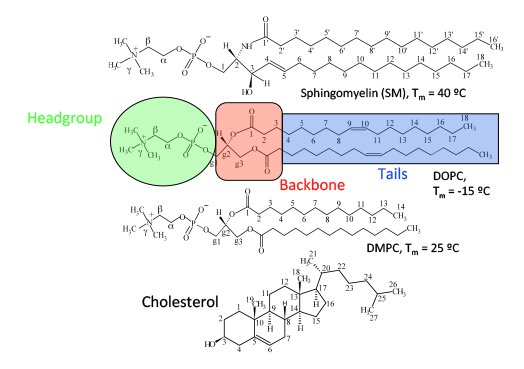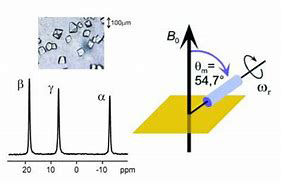The viewpoint that cellular membranes are comprised of a continuous liquid crystalline phase of phospholipids is rapidly changing. In the past decade, strong evidence has been presented that supports the presence of heterogeneous domains that are rich in sphingomyelin and cholesterol within the plasma membrane. These domains have been coined “lipid rafts”. It has been postulated that these rafts are functional platforms that perform a number of cellular processes. Lipid rafts have been implicated as potential sites for pathogen entry and toxin binding and have been linked to a number of diseases including Alzheimer’s, Parkinson’s, cardiovascular disease and HIV. We are studying model membrane mixtures that form lipid rafts to understand the molecular interactions involved in phase separation. Recently, we began investigating how protein neurotoxins bind and interact with these complex biological membrane mimics.




